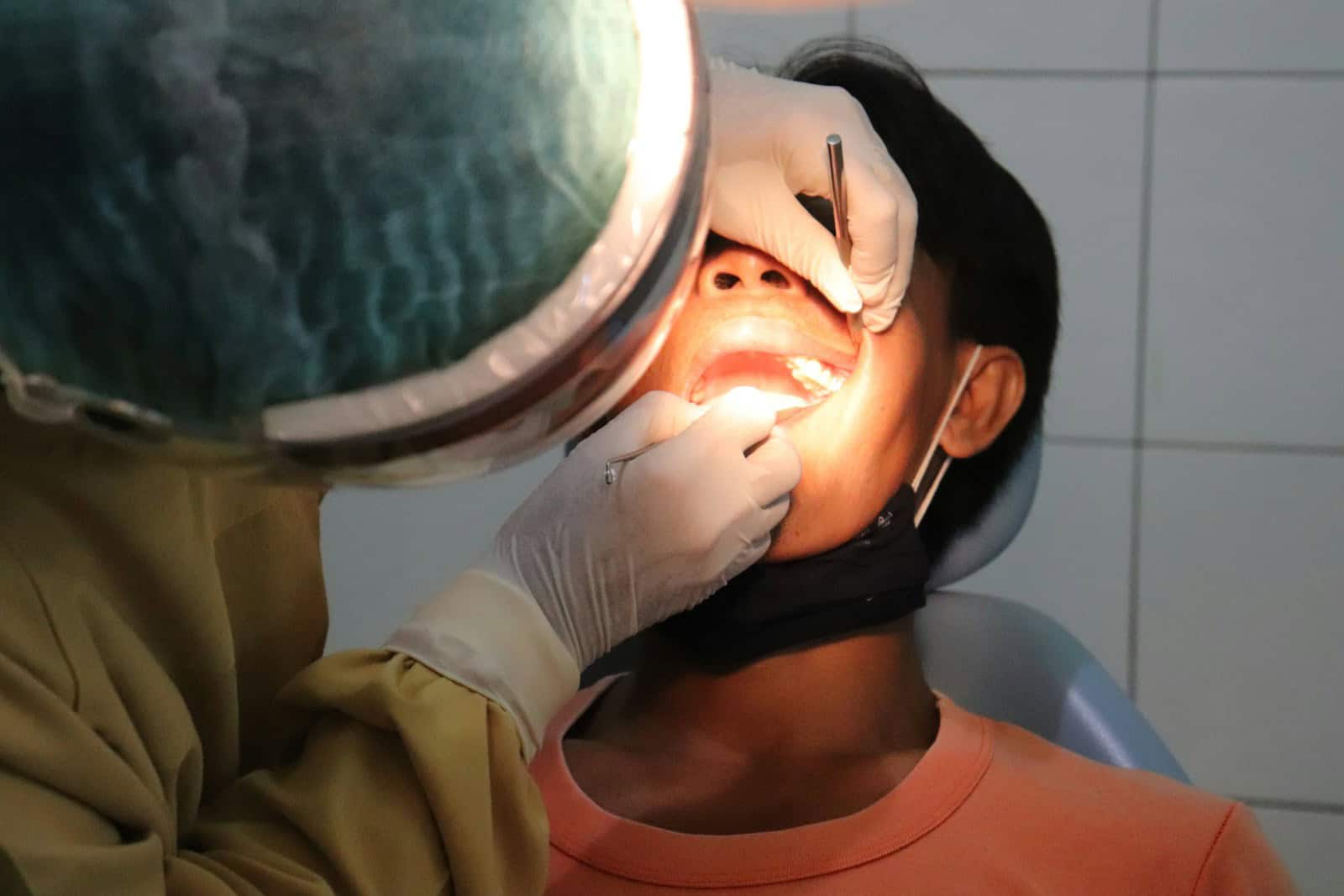Table of Contents
- Understanding Modern Wisdom Teeth Removal Approaches
- Safety Standards in Wisdom Teeth Extraction Procedures
- Budgeting and Insurance for Wisdom Teeth Removal
- Recovery and Comfort After Wisdom Teeth Extraction
- Selecting a Professional for Wisdom Teeth Removal
- Implementing Smart Choices for Wisdom Teeth Removal Success
Understanding Modern Wisdom Teeth Removal Approaches
Dental surgery has changed a lot in recent years. Surgeons now use cone-beam CT imaging. This helps map out tooth roots more clearly and spot nerves before surgery. Targeted sedation methods make the process smoother and more comfortable. Minimally invasive techniques mean fewer cuts and a faster healing process. These advances reduce pain, swelling, and the risk of problems after surgery.
Safety Standards in Wisdom Teeth Extraction Procedures
Dental clinics follow strict safety standards. National groups like the American Dental Association (ADA) and the American Association of Oral and Maxillofacial Surgeons (AAOMS) set these rules. These cover how a clinic must keep rooms clean and tools sterile. Surgeons follow detailed steps for anesthesia, checking a patient’s health before and after the procedure. Studies from major dental journals report that regulated settings lower infection and complication rates.
Budgeting and Insurance for Wisdom Teeth Removal
Removing wisdom teeth in large cities involves several costs. Below is a table breaking down the typical components:
Cost Component |
Description |
Typical Range |
Consultation |
Initial evaluation appointment |
$50 – $250 |
Imaging |
3D scans or X-rays |
$100 – $400 |
Surgeon’s Fee |
The dentist or oral surgeon’s charge |
$200 – $800 per tooth |
Anesthesia |
Local, IV sedation, or general anesthesia |
$250 – $800 |
Follow-ups |
Post-surgery visits |
Usually included |
Health insurance plans handle these costs in different ways. PPO (Preferred Provider Organization) plans often give more freedom to choose a surgeon and may pay more of the cost. HMO (Health Maintenance Organization) plans may limit the choice of clinics but cover more of the basics.
To manage expenses, always check your insurance benefits before scheduling surgery. Ask your provider for a written estimate. Factor in possible extra charges, especially for advanced imaging or anesthesia.
Recovery and Comfort After Wisdom Teeth Extraction
Care after surgery shapes how quickly you recover. Doctors recommend cold packs, prescribed pain medicine, or over-the-counter pain relief, depending on the level of discomfort. Most people can start with clear liquids and soft foods, such as yogurt or applesauce, and often return to a normal diet in one to two weeks.
Oral hygiene is very important. Brush gently but do not disturb the surgical area. Rinsing with warm salt water helps reduce swelling and keeps the mouth clean.
Most swelling peaks in two days and resolves in about a week. Normal mouth movement returns in five to seven days. Call the clinic right away if you have a fever, severe pain after day three, bleeding that does not stop, or signs of infection (pus or difficulty swallowing).
Selecting a Professional for Wisdom Teeth Removal
Finding the right expert is key for a safe procedure and smooth recovery. Clinics such as those offering wisdom teeth removal Las Vegas highlight the steps any patient should take in choosing a provider, no matter the city.
Look for these factors:
- Board certification in oral surgery or dentistry
- High surgical volume; experienced surgeons often have better outcomes
- Good patient satisfaction scores and reviews
- Access to in-office digital imaging, such as cone-beam CT scans
- Use of new technology: digital planning software, laser tools for less invasive work
A skilled team and updated equipment can make the surgery safer and the recovery easier.
Implementing Smart Choices for Wisdom Teeth Removal Success
Use this checklist as you plan for surgery:
- Ask if the clinic uses the latest imaging and minimally invasive methods
- Confirm that safety standards and sterilization follow ADA or AAOMS rules
- Understand all costs—consultation, imaging, surgeon, anesthesia, follow-up
- Contact your insurance to see what is covered and what you will pay
- Learn what to expect for pain control and healing after surgery
- Watch for warning signs during recovery that need a doctor’s attention
- Choose a provider with board certification, strong patient reviews, and modern equipment
Schedule a consultation with a trusted professional. Bring your questions and clarify expectations. Making careful decisions now helps ensure a safe surgery and easy recovery.
